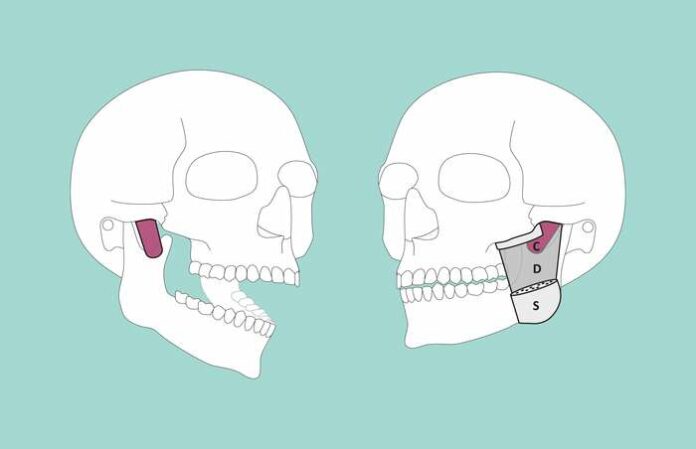
Researchers at the University of Basel have discovered a new layer of the masseter muscle in the jaw.
Throughout the years, people have relied on dissections for an understanding of the human body. The observations of Leonardo da Vinci and Andreas Vesalius have played a huge role in portraying the complexities of human anatomy. Now, books such as Gray’s Anatomy and Netter’s Atlas provide students and doctors with the complete description of the human body, down to its smallest details. However, it seems these books might need to be updated as scientists discover a new human body part. Details of the new layer of the jaw muscle are available in the journal Annals of Anatomy.
Although it’s generally assumed that anatomical research in the last 100 years has left no stone unturned, our finding is a bit like zoologists discovering a new species of vertebrate.
Professor Jens Christoph Türp, University Center for Dental Medicine Basel
Found at the back of the cheekbones and lower jaw, the masseter muscle facilitates chewing and helps open and close the jaw. Typically, it is believed to contain two layers: deep and superficial. However, older editions of many anatomy books mention an additional third layer. Therefore, the team at the University of Basel conducted an anatomical study to confirm the muscle’s presence.
Musculus masseter pars coronidea
The team, led by Dr. Szilvia Mezey and Professor Jens Christoph Türp, dissected 12 cadaver heads preserved in formaldehyde. They conducted a detailed examination of the stained tissue sections from the donated bodies. Furthermore, the team also examined CT scan findings from 16 fresh cadavers and an MRI scan from a living subject. Analysis of all this data revealed the presence of a third, deeper layer of the masseter muscle.
This deep section of the masseter muscle is clearly distinguishable from the two other layers in terms of its course and function.
Dr. Szilvia Mezey, University of Basel
According to the study authors, the arrangement of the new muscle layer helps stabilize the lower jaw. Moreover, they believe it helps pull the lower jaw back towards the ear. Since the new layer attaches to the coronoid part of the lower jaw, researchers propose the name Musculus masseter pars coronidea, meaning coronoid part of the masseter.
Although the study helps create an accurate anatomical description of the masseter muscle, the discovery will also aid future surgeries and therapies of the lower jaw.
However, this is not the first time that scientists have discovered a new human body part. Last year, researchers in the Netherlands reported the discovery of new salivary glands within the head.
Reference:
Mezey, S. E., Müller-Gerbl, M., Toranelli, M., & Türp, J. C. (2022). The human masseter muscle revisited: First description of its coronoid part. Annals of Anatomy – Anatomischer Anzeiger, 240, 151879. https://doi.org/10.1016/j.aanat.2021.151879



